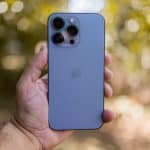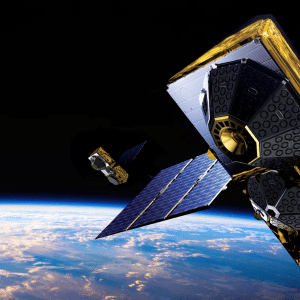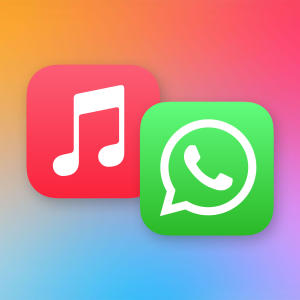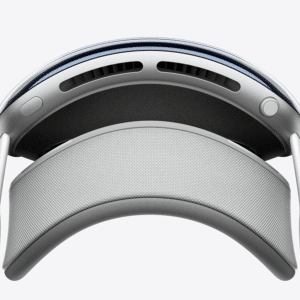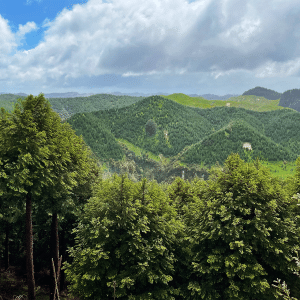A total solar eclipse occurs when the entire sun is blocked by the passage of the moon and it is one of the world’s greatest natural events. On Monday, America will see its first coast-to-coast solar eclipse in almost a century and although you have to be in a narrow band (as detailed in the map below) to see the full effect, a partial eclipse can be seen from anywhere in the country.
If you’re a keen photographer, its likely that you’ll see the eclipse as an opportunity to capture some spectacular shots but first you need to know how not to go about it. Don’t try to capture the moment of totality manually because this will be over in seconds and ultimately, you’ll end up failing to witness it first-hand.
Instead, put your iPhone onto a tripod and shoot a time-lapse. As the light starts to fade, you can begin the time-lapse and experience the eclipse with your own eyes. From the video you’ve taken, you’ll be able to take screen grabs of your favorite shots.
Here’s what you’re going to need:
Eclipse glasses
Everyone knows that its dangerous to look directly into the sun and although your iPhone won’t be harmed during the time-lapse, you should treat it in the same way as you would your eyes. This will allow you to avoid any distortion through the sheer amount of light pointing at the camera lense.
While its true that some eclipse glasses can set you back a three figure some, others cost only a few dollars but you should always make sure that they’re CE and ISO certified.
A tripod
Those who already own a tripod can buy an iPhone adapter for quite a small amount but if not, something like GorillaPod for smartphones is what you should be aiming for. These are flexible and can stand on the ground just like a regular tripod or you can attach it to something like a tree or a car roof bar.
Time-lapse
If you’ve never shot a time-lapse video on your phone before, its easy. Open the camera then scroll through the options to time-lapse then press the red button to start recording and again to stop. Your phone automatically adjusts the length of the clip to give you a time-lapse that will last around 30 seconds.





